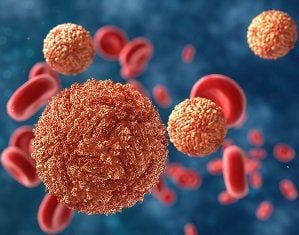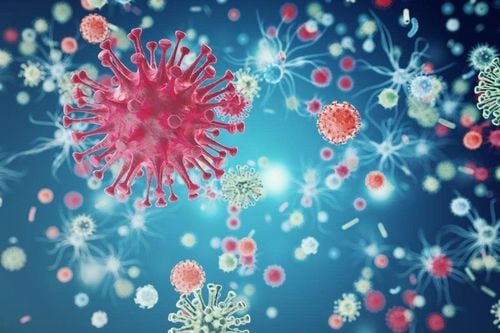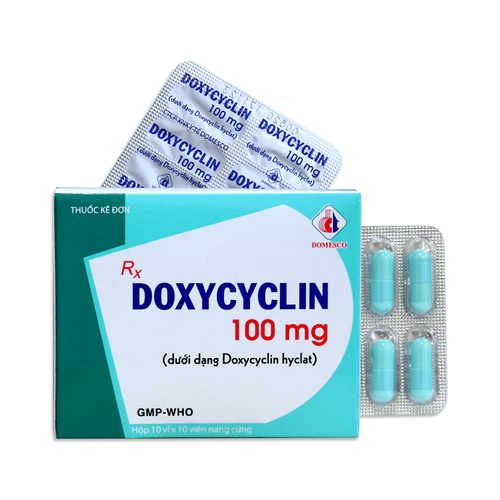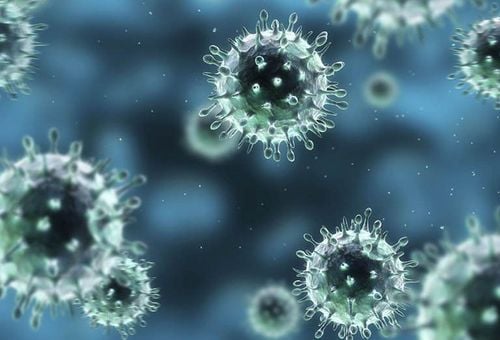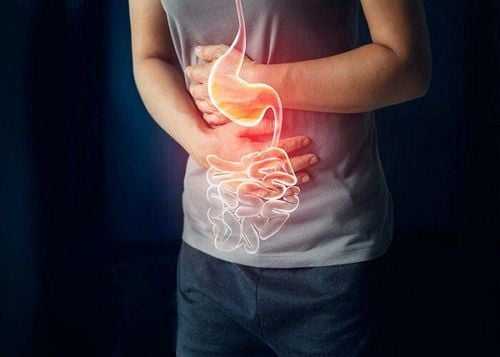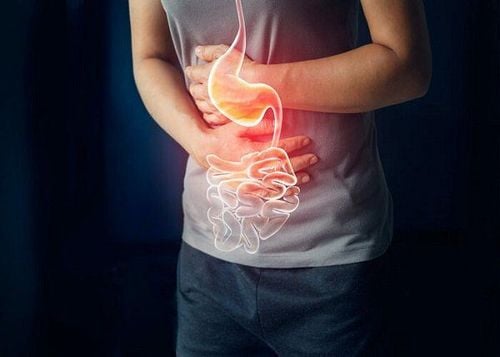This is an automatically translated article.
Posted by Master, Doctor Tran Thi Vuong - Laboratory Department - Vinmec Hai Phong International General HospitalIdentify the pathogenesis of viral infections by being able to determine how viruses cause disease in humans, animals, plants or bacteria. Much of the knowledge on the pathogenesis of viral infections is based on experimental studies in laboratory animal models to understand natural infection in humans.
1. Pathogenesis of viral infection
The body is infected with viruses that can damage certain cell populations to produce signs and symptoms of disease in the host they cause. Viral pathogenicity is related to different factors of the virus (viral dose, route of entry) and the host (age, immune status, and host-specific species).
The pathogenesis of viral infection can be defined as how viruses cause disease in humans, animals, plants or bacteria. Much of the knowledge on the pathogenesis of viral infections is based on experimental studies in laboratory animal models to understand natural infection in humans.
Over 500 viruses have been detected in the world, capable of causing mild to dangerous diseases to humans, and more and more new viruses are being discovered. When the body is infected with a virus, it can cause acute, chronic infections or more dangerously, cancer.
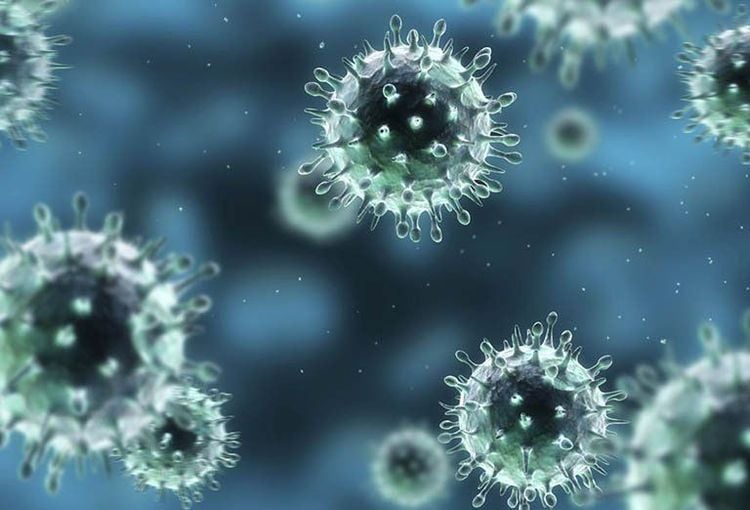
Cơ chế bệnh sinh của sự nhiễm virus
2. Viruses can exist in many different environments
Viruses have a persistent vitality, depending on the type, they will be able to survive in many different environments. Viruses that can survive in the natural environment can continue to cause disease in susceptible individuals.
A virus infected host can cause immediate re-infection or the virus needs a long incubation period and then recurs and the infection persists. During acute infection, the virus is usually destroyed by the host immune response. Therefore, some acute infectious viruses such as measles virus, mumps virus ... can survive by continuously infecting the human population. In contrast, some other viruses such as influenza virus, yellow fever virus, rabies virus ... can circulate in nature on another species.
There are viruses that can survive for a long time until meeting an infected host such as smallpox virus (dry stable), there are viruses that can live in water and cause people to become infected with the virus. oral route such as enteric virus, rotavirus ....
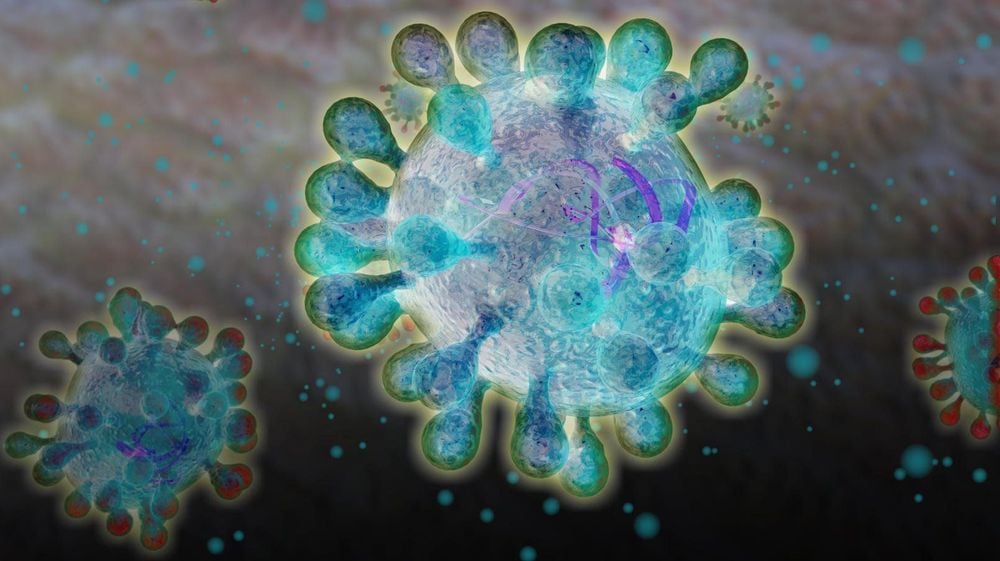
Virus có thể tồn tại ở nhiều môi trường khác nhau
3. The interaction between the virus and the host cell
Viruses and host cells also have interactions:
3.1 Viruses destroy host cells There are many types of viruses that have the ability to inhibit metabolism in host cells to induce toxicity and induce disease effects or dead cells. Currently, Plaque - plaque forming unit: PFU technique can evaluate the destruction of cells by viruses. However, there are cells infected with the virus that, if not dead, will change the function of this cell.
3.2 Chromosome aberrations of cells After the body is infected with a virus, the virus will increasingly multiply inside the cell and cause the cell's chromosomes to be broken, fragmented or rearranged , causing consequences after viral infection :
Birth defects , stillbirth Tumor Tumor Incomplete interfering particle (DIP: Defective interfering particle) Production of particles
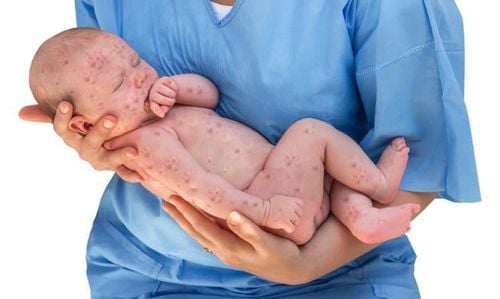
Dị tật bẩm sinh do nhiễm virus
To register for examination and treatment at Vinmec International General Hospital, you can contact Vinmec Health System nationwide, or register online HERE
MORE:
HPV virus can cause out what diseases? What disease can HPV virus cause in men? How many types of dengue virus cause hemorrhagic fever?





